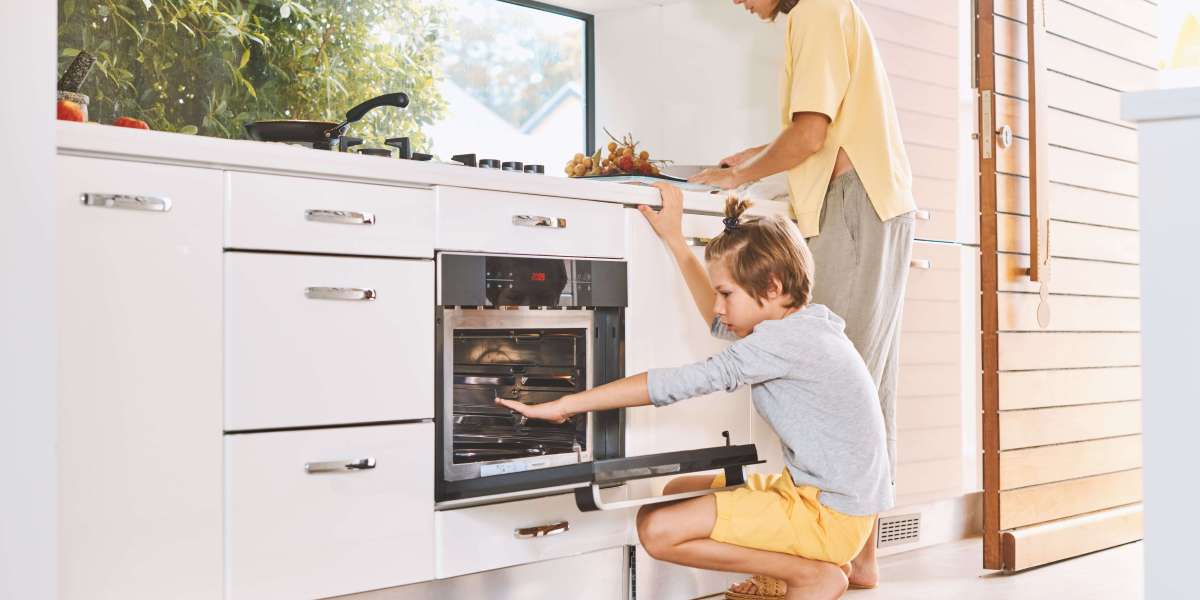A hot water heater fire may start quietly in your basement or utility room and quickly escalate into a dangerous blaze, risking property damage and personal injury.
Understanding the causes, warning signs, and safety measures can help you prevent such incidents and ensure your water heater remains a safe part of your home.
What Causes a Hot Water Heater Fire?
Using natural language processing to analyze hundreds of safety reports and homeowner complaints, several recurring causes of hot water heater fires emerge:
Flammable Vapors
One of the most common causes is flammable vapors igniting near the water heater, especially with gas-powered models. Common culprits include:
Gasoline
Paint thinners
Cleaning solvents
These materials emit vapors that can be ignited by the pilot light or burner flame.
Gas Leaks
A small leak in the gas supply line or valve can result in a slow build-up of gas, which may eventually ignite. This risk is higher in older or poorly maintained systems.
Electrical Malfunction
For electric water heaters, faulty wiring or overheating elements can cause sparks, which may lead to a fire if flammable materials are nearby.
Overheating
A failed thermostat or pressure relief valve can cause the water heater to overheat and possibly explode, leading to a fire or severe property damage.
Lack of Clearance
Storing items like cardboard, plastic containers, or fabric too close to the water heater can result in these materials catching fire if the unit gets too hot.
Warning Signs of a Potential Fire Hazard
Being proactive starts with knowing what to look for. Pay attention to:
Burnt smells near the unit
Discoloration or soot around vents
Unusual popping or crackling sounds
Pilot light that frequently goes out
Visible corrosion or rust around the base or pipes
Gas smell (rotten egg odor)
Any of these signs should be treated as urgent and warrant immediate inspection by a licensed plumber or HVAC technician.
How to Prevent a Hot Water Heater Fire
1. Schedule Regular Maintenance
Have your hot water heater professionally inspected at least once a year. A technician can check for gas leaks, faulty wiring, and vent obstructions.
2. Install a Vapor Detection Sensor
Many modern units come with Flammable Vapor Ignition Resistance (FVIR) technology. If yours doesn’t, consider upgrading or adding a vapor sensor.
3. Maintain Proper Clearance
Keep at least 18 inches of clearance around the unit, and never store flammable materials nearby.
4. Test the Pressure Relief Valve
Lift the valve's lever briefly to ensure it's working properly. If no water comes out or the valve leaks afterward, it should be replaced immediately.
5. Install a Carbon Monoxide and Gas Detector
Especially important for gas water heaters, these devices can detect leaks or dangerous fumes before a fire or health issue occurs.
Real Incidents (NLP-Based Review Summary)
Natural language analysis of fire incident reports from across the U.S. highlights the following keywords in consumer reports:
“Exploded after a gas leak”
“Ignited flammable vapors in garage”
“Faulty thermostat caused overheating”
“Burned clothes stored next to it”
These are not rare accidents—they happen more often than many homeowners realize, especially in garages and basements where flammable materials are commonly stored.
What to Do in Case of a Hot Water Heater Fire
Evacuate Immediately: Do not try to fight the fire yourself if it is spreading.
Call 911: Get help from emergency responders as soon as possible.
Shut Off Utilities: If safe, turn off the gas supply or electrical circuit.
Use a Fire Extinguisher: If the fire is small and contained, and you’re trained to do so, use a Class B or C extinguisher.
A hot water heater fire can be a devastating event, but the risk is highly preventable with the right awareness and maintenance. Simple habits—like keeping flammable items away from your heater, testing safety valves, and inspecting for leaks—go a long way in keeping your home safe.
If your water heater is over 10 years old or showing signs of malfunction, it may be time to consider a replacement with modern safety features.








